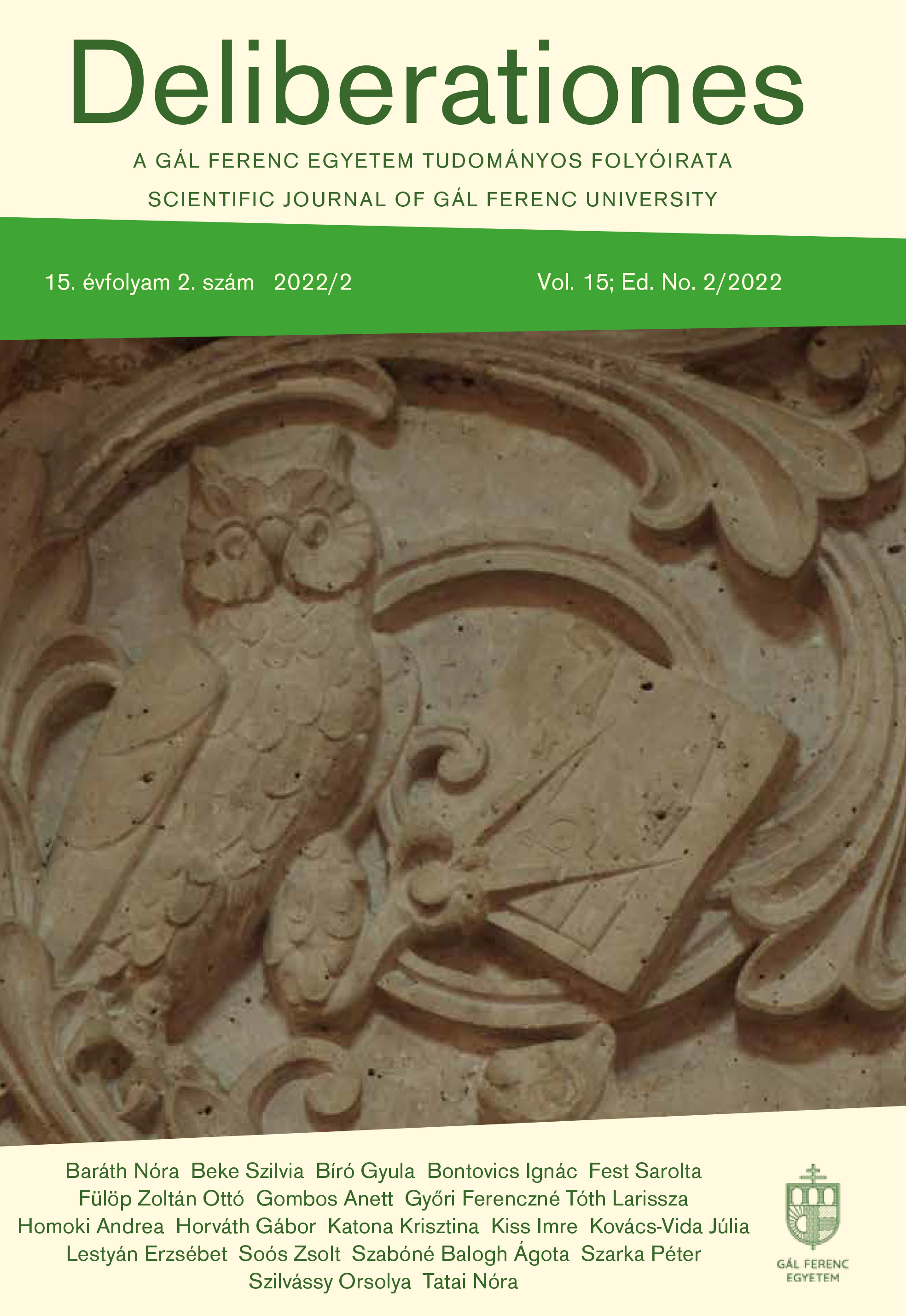Abstract
The most typical feature of the Christian faith is that God is Trinity. In the New Testament we find abundant teaching about the Father, the Son and the Holy Spirit, especially in the Gospel of John. The Trinity itself (trias, trinitas) is not found in the Bible. It is a theological term that appears only in the middle of the 2nd century. In the dogmas of the Council of Nicea in AD 325 and the Council of Constantinople in AD 381, the doctrine of the Trinity was clearly formulated and made compulsory, and is well known to all Christians from the Creed declared by the Council.
This doctrine and the faith in the Trinity is also a programme of life for the Church. The prayer of Jesus at the Last Supper that his disciples would be one, as the Father and the Son are one, was embodied in the life of the Church in Jerusalem, for "The whole group of believers was united, heart and soul; no one claimed private ownership of any possessions, as everything they owned was held in common." (cf. Acts 4:32).
Some manifestation of the Trinitarian life runs throughout the history of the Church, if not always with equal relevance and emphasis. The Second Vatican Council brought about a Trinitarian turn in theology, and the doctrinal pronouncements that followed also provided concrete guidance for the life of the Church.
The spirituality of communion, which is the spirituality of Trinitarian life, is the outstanding teaching of Pope John Paul II, especially in his Apostolic Letter Novo Millenio Ineunte.
The basis and the way of Trinitarian life is the realization of the New Commandment of mutual love. One of its essential features is reciprocity. Fifty-three times the expression "one another" is used to describe the manifold forms of love flowing back and forth.
Communion, the Trinitarian communion, is not only the inner life of the Church, but also a mission. The Church's task is to invite people to this communion and to bring it into the life of society.
References
A II. Vatikáni Zsinat dokumentumai:
Lumen Gentium (1964. november 21.). https://katolikus.hu/dokumentumtar/lumen-gentium
Gaudium et Spes (1965.december 7.). https://katolikus.hu/dokumentumtar/gaudium-et-spes
Pápai enciklikák:
Szent II. János Pál. (1981). Laborem Exercens, enciklika a szociális kérdésről. https://katolikus.hu/dokumentumtar/laborem-exercens
Szent II. János Pál. (1986). Dominum et vivificantem, Enciklika a Szentlélekről. https://katolikus.hu/dokumentumtar/dominum-et-vivificantem
Szent II. János Pál. (1987). Sollicitudo rei socialis, enciklika a szociális kérdésről. https://katolikus.hu/dokumentumtar/sollicitudo-rei-socialis
Szent II. János Pál. (1991). Centesimus Annus, enciklika a szociális kérdésről. https://katolikus.hu/dokumentumtar/centesimus-annus
Szent II. János Pál. (2001). Novo Millenio Ineunte. Apostoli levél az Új évezred kezdetén. https://katolikus.hu/dokumentumtar/novo-millennio-ineunte
Szent II. János Pál. (2003). Ecclesia de eucharistia. Enciklika az Eucharisztia és az Egyház kapcsolatáról. https://katolikus.hu/dokumentumtar/ecclesia-de-eucharistia
XVI. Benedek. (2006). Deus caritas est kezdetű enciklika. https://katolikus.hu/dokumentumtar/deus-caritas-est
XVI. Benedek. (2007). Sacramentum Caritatis szinódus utáni apostoli buzdítása. https://katolikus.hu/dokumentumtar/sacramentum-caritatis
XVI. Benedek (2013). Caritas in veritate, Szeretet az igazságban enciklika. https://katolikus.hu/dokumentumtar/caritas-in-veritate
Ferenc pápa. (2013). Evangelii gaudium, Az Evangélium öröme enciklika. https://katolikus.hu/dokumentumtar/evangelii-gaudium
Ferenc pápa. (2015). Laudato si’, Áldott légy kezdetű enciklika. https://katolikus.hu/dokumentumtar/laudato-si
Ferenc pápa. (2020). Fratelli tutti, Mindnyájan testvérek kezdetű enciklika. https://katolikus.hu/dokumentumtar/fratelli-tutti---mindnyajan-testverek-enciklika---hamarosan
A Biblia, Ószövetségi és Újszövetségi Szentírás (2008). Szent István Társulat.
Augustinus, A. (1985). A Szentháromságról. Szent István Társulat.
Blaumeiser, H., & Gandolfo, T. (2010). Amint az Atya szeretett engem…. Új Város.
Cambón, E. (1999). Trinità modello sociale. Città Nuova.
Castellano Cervera, J. (2000). El sacerdote, hombre trinitario. La Revista Catolica, 1128, 401-417.
Cerini, M. (1993). A Szeretet-Isten Chiara Lubich tapasztalatában és gondolataiban. Új Város.
Coda, P. (Ed.). (1987). La Trinità: vita di Dio progetto dell’uomo. Città Nuova.
Gál, F. (1990). Dogmatika I. Szent István Társulat.
Gál, F. (1990). Dogmatika II. Szent István Társulat.
Gregorius, Nazianzenus. (1858). Oratio XLIII. – In laudem Basilii Magni. In Gregorius, Nazianzenus (Ed.), Sancti Patris Nostri Gregorii Theologi vulgo Nazianzeni, archiepiscopi Constantinopolitani, Opera quae exstant Omnia. (pp. 494-606). Migne.
Hemmerle, K. (1986). Tesi di ontologia trinitaria. Per un rinnovamento della filosofia cristiana. Città Nuova.
Az Imaórák liturgiája I. (2014). Szent István Társulat.
Lénárd, Gy. (1994). Személyiségünk teológiai távlata: A szeretet teológiája. Agapé.
Lubich, Ch. (1991). A közösségi gazdaságról. https://www.fokolare.hu/tarsadalom/kozossegi-gazdasag (Letöltés: 2023.02.13.)
Müller, G. L. (2007). Katolikus dogmatika. Kairosz.
Nemeshegyi, P. (1974). A Szentháromság. Detti.
Schneider, Th. (Ed.). (1996). A dogmatika kézikönyve. I. Vigilia.
Schneider, Th. (Ed.). (1997). A dogmatika kézikönyve. II. Vigilia.
Vanyó, L. (1985). Bevezetés. In A.A. Augustinus (Ed.), Szentháromságról. (pp. 19-26). Szent István Társulat.
